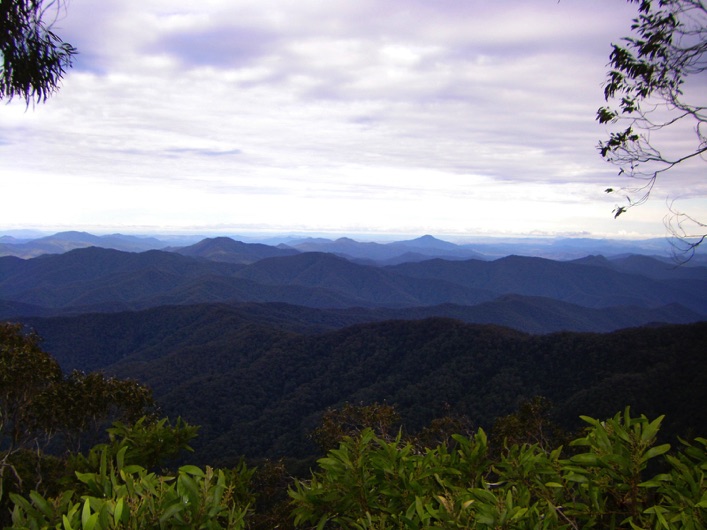
overview
A lyrebird chick was raised in captivity in the 1920s in Australia's New England Tablelands, or so the story goes. The bird mimicked the sounds of the household's flute player, learning two tunes and an ascending scale. When released back into the wild, his flute-like songs and timbre spread throughout the local lyrebird population.
The New England songs of the Superb Lyrebird (Menura novaehollandiae) are indeed extraordinary and flute-like, so our research group (Vicki Powys, Carol Probets, Hollis Taylor, and Syd Curtis) decided to investigate this old story. Our recent paper in Environmental Humanities details the “flute lyrebirds” and grapples with the story's veracity by way of contemporary interviews as well as both archival recordings and stories that we have collected.
Watch for subsequent papers, where we analyze the vocalizations and map the geographic range of the flute-like songs from Allan's Water, New South Wales and beyond. To date, our recordings span 23,000 square kilometers and over one hundred sites.
Click on this link to the first of our three papers:

New England National Park from Platypus Valley Lookout on 17 June 2013. The rugged Allan's Water district is on a plateau to the left (photo: Hollis Taylor).